Description
Shock. What a shock. The world’s first public master, unearthed over 46 years, has appeared. The shock master recorded the “March 12, 1973: Osaka Welfare Pension Hall” performance. Yes, it is a superb audience recording recorded on the legendary first visit to Japan of YES. First, let’s look back on their first visit to Japan, which remains in the history of Japanese Western music, and check the position of the show. March 8: Tokyo Welfare Pension Hall March 9: Shibuya Public Hall March 10: Kanda Kyoritsu Auditorium March 11: Nagoya City Public Hall March 12: Osaka Welfare Pension Hall [This work] March 14: Kyoto Hall [Master of newly excavated people who surpass tradition] All six performances. This was the week when Japan and YES music met… no, symphonic rock. Of these, the first three Tokyo performances have been discovered as upgrade masters many times, and the six-disc set “CLOSE TO THE EAST” has been very well received as a supreme masterpiece. However, the circumstances are different for the Osaka performance. Although the former masterpiece “AND YOU AND I” reigned as a classic, no upgrade masters have been excavated since then, and the later versions that have been circulated are all copies of “AND YOU AND I”. Decades have passed without any new discoveries. And 46 years have passed since the legendary scene. Finally, a completely unknown new master has been discovered. The fact that there was a separate recording was shocking, but the contents were even more intense. It is a master brought by a unique route, but this is not just a customer record. I can’t go into detail, but it is a recording by someone involved. The proof is the quality. Naturally, it is not only completely different from “AND YOU AND I”, but it is significantly superior. First of all, the performance sound. This is already on ferociously. “AND YOU AND I” was also an amazingly clear audience recording for the early 70’s, but the sense of distance was undeniable. The YES music depicted in the distance reached me while floating in space, and I found beauty in the sense of illusion that poured down. However, this work makes me feel YES right next to me. Of course, if you listen with headphones, you can feel the hall sound, but the most important core is that there is no time lag from the PA output to the microphone, and the sound only rises (slightly) like an aura from the direct core. The thinness of the air is directly connected to the vividness and three-dimensionality of the details. The complex ensemble is recorded beautifully down to each note, and the entanglement of the lines with clear contours creates a three-dimensional effect. When you hear “three-dimensionality” in an audience recording, you might think of the spatial sense of the venue, but that’s not the case. The three-dimensionality of the ensemble itself spun by the five people resides. In a word, it is a much more soundboard-like recording than the traditional recording “AND YOU AND I”. What further enhances the soundboard-like nuances are the cheers from the venue. In fact, you can hardly hear them. Of course, after each song, a huge ovation erupts, but it is a type that spreads far and wide, not a close scream or applause. The biggest factor in achieving this sound is probably the position of the people involved. From here on, it is completely speculation, but I think it was probably recorded with a microphone on the mixing desk. The sound has a direct feeling and a sense of separation, it is well balanced, it is stable, and the cheers are far away. Of course, even with the audience recording at that time, it is possible to realize at least one of those elements. However, in a PA environment that is so poor that it cannot be compared to today, where on earth is the position that has all of them? When I think about it, the only thing I can think of is the mixing desk. [Legendary scene revived with the finest sound] However, the newly excavated master was not perfect either. The first 30 seconds of “Firebird Suite” are shorter than the previous release, and there are three moments in “Close To The Edge” that seem to be master deterioration. And the recording ended in the second half of the encore “Yours Is No Disgrace” (9 minutes), and the big last “Starship Trooper” was not left. It was possible to permanently preserve the truth of such a recording, but the scene of this work is none other than the legendary first visit to Japan. Such parts were complemented with the traditional recording “AND YOU AND I” to reproduce the full show in its complete form. Of course, the “AND YOU AND I” recording has been remastered to be as close as possible to the newly excavated master, but the individuality of the recording itself is difficult to do anything about. It may seem like you are suddenly away from the stage here, but that is also the moment when you realize how amazing the newly excavated master is. The legendary first visit to Japan, depicted with such a shocking sound, is so wonderful that it makes you tremble. Apart from 1988, YES has come to Japan many times over its long history and let us hear the beauty of music, but the 70s are different. Even the tone has a unique flavor of that time, and the singing voices of John Anderson and Chris Squire are young. And perhaps because they have become accustomed to the foreign country of the Far East, the performance is better than the Tokyo performance. In fact, “Heart Of The Sunrise”, which collapsed in Tokyo, also made a mistake in Osaka, but the whole band quickly rebuilt it in time with the drums. At that time, there were few foreign artists visiting Japan, but looking at it the other way around, Japan was an unknown country for rock. It is also a document of how they were released from that tension and regained their original brilliance. Also, each phrase has the potential unique to the era that produced masterpieces. In particular, it is Steve Howe who gives off that inspiration. Each song has a sharp guitar, but “Mood For A Day” is the one that makes you go “Oh!”. Here too, he makes a rare mistake, but he pushes it through with momentum. His free improvisation is really good, and he ends up finishing it as a great version. And speaking of the symbol of his first visit to Japan, John’s “Sakura Sakura”. This idea started with the third performance at the Kanda Kyoritsu Auditorium in Tokyo, but the third Osaka version can be experienced with a close-up sound. It’s just a shock. It’s a major excavation that happens once every 10 or 20 years, but it’s a live album that revives the legendary first Osaka with a close-up sound that overturns tradition. It’s a great discovery in the history of YES recordings and a treasure in the history of Western music in Japan. It’s definitely a “cultural heritage” itself, but it’s an overwhelming weight that makes you hesitate to even settle it with that word. ★This is a big deal! ! The first appearance of the master who was leaked by the people involved! Live at Koseinenkin Kaikan, Osaka, Japan 12th March 1973 PERFECT SOUND(from Original Masters) Disc 1 (64:15) 1. Firebird Suite 2. Siberian Khatru 3. Heart Of The Sunrise 4. Sakura Sakura 5. Mood For A Day 6. Clap 7. And You And I 8. Close To The Edge Disc 2 (48:53) 1. Wakeman Solo 2. Roundabout 3. Yours Is No Disgrace 4. Starship Trooper Jon Anderson – Vocals Steve Howe – Guitar, Vocal Chris Squire – Bass, Vocal Rick Wakeman – Keyboards Alan White – Drums
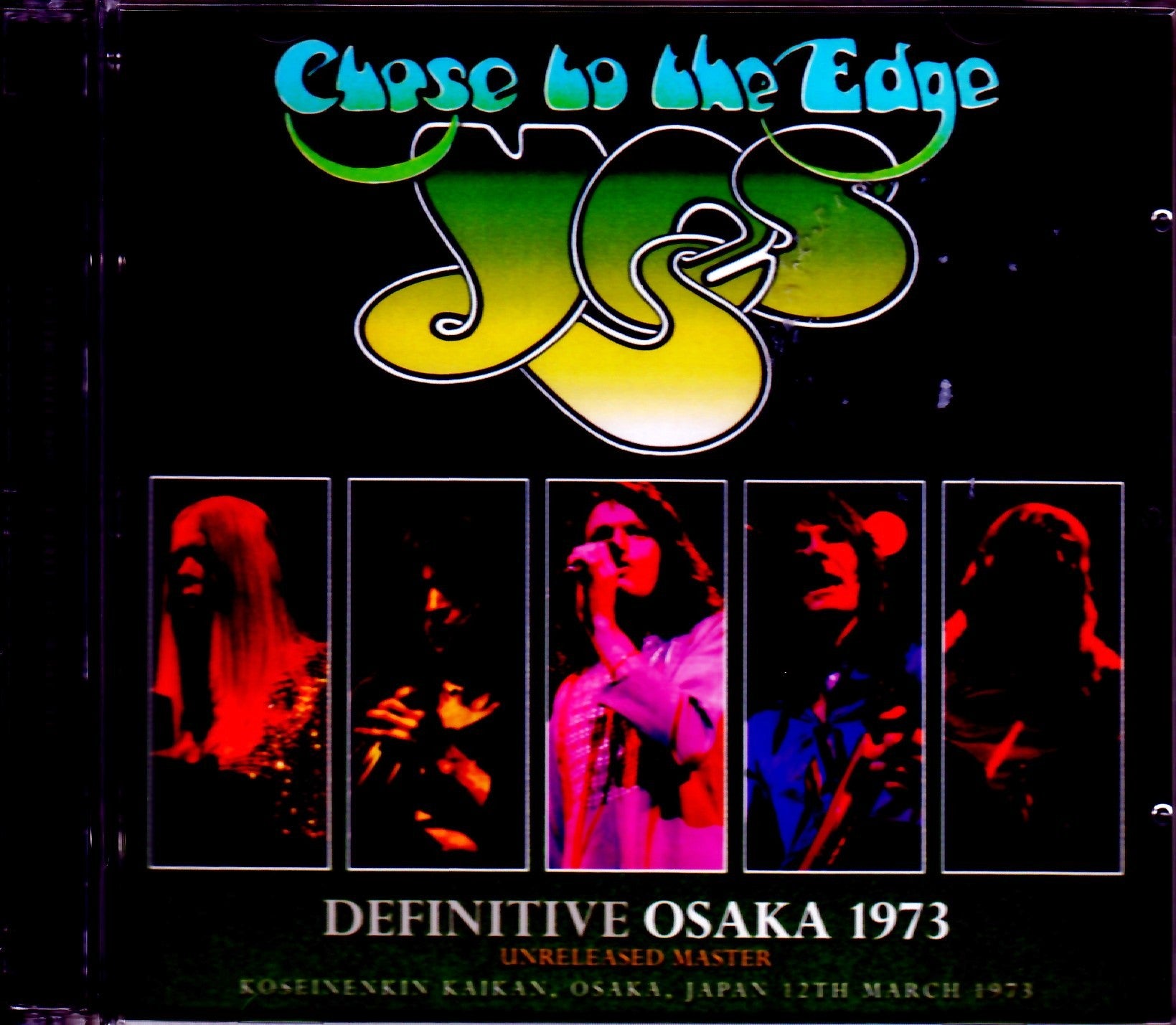
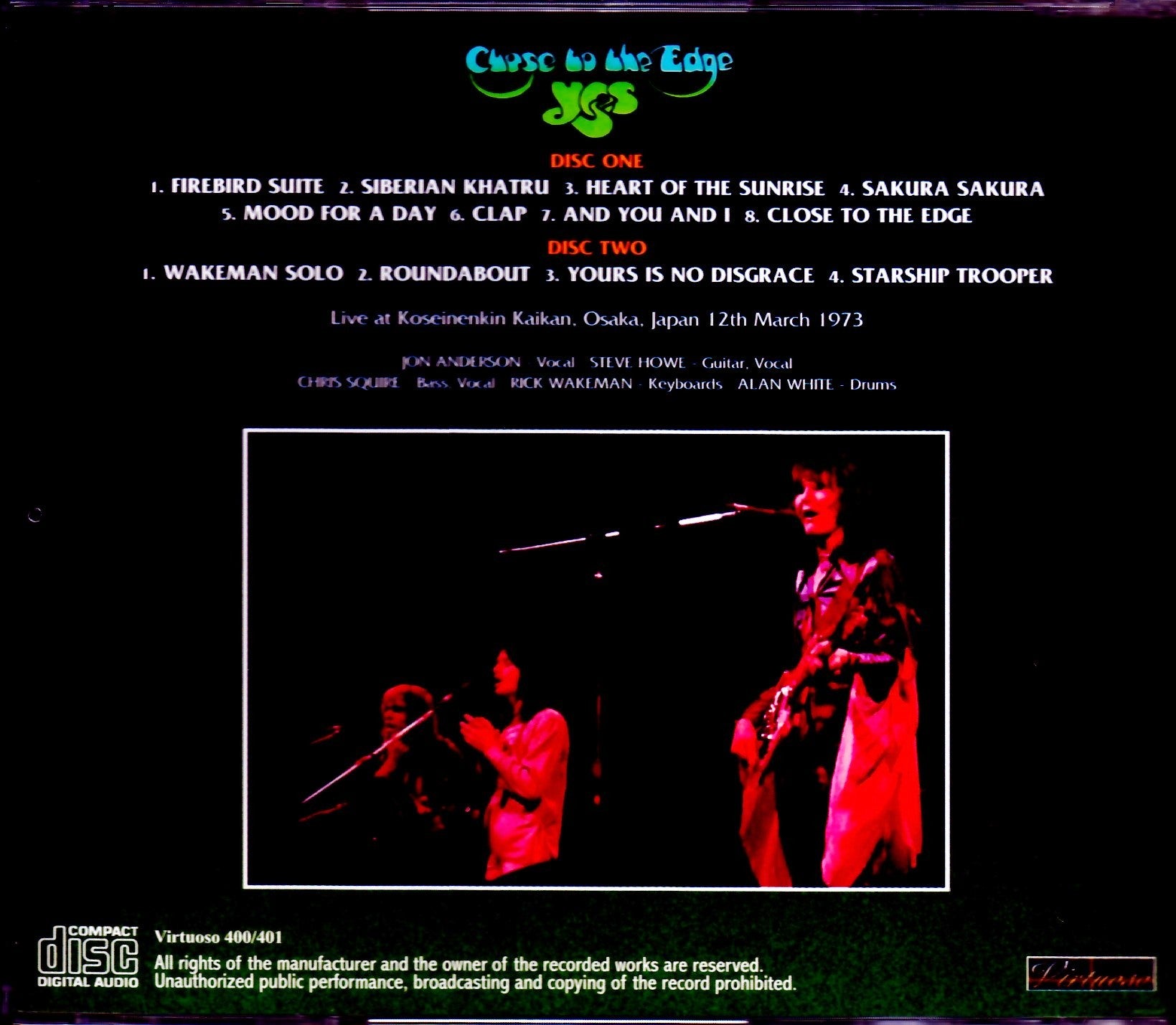

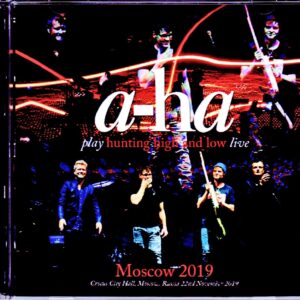
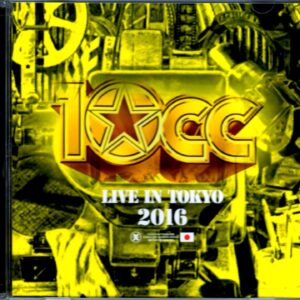
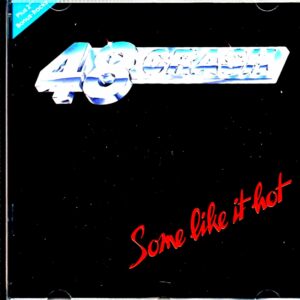

Reviews
There are no reviews yet.